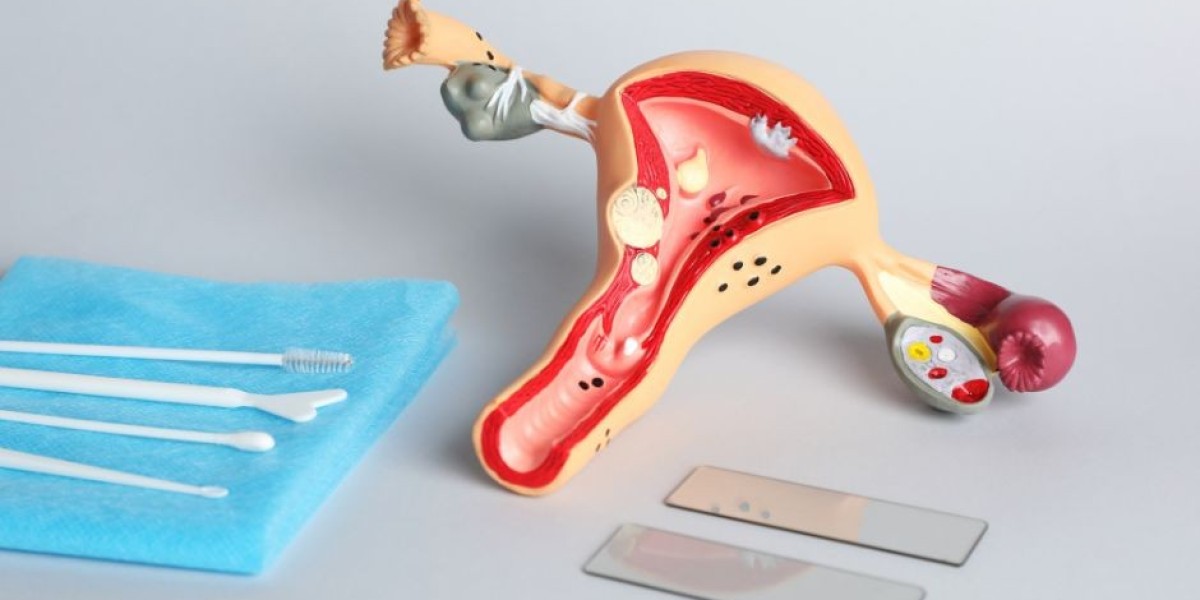Uterine fibroids, noncancerous growths in the uterus, affect millions of women worldwide. They can cause a range of symptoms, including heavy menstrual bleeding, pelvic pain, and fertility issues. While there are several treatment options available, one increasingly popular choice is fibroid embolization. In this comprehensive guide, we will explore the numerous benefits of Fibroid Embolization and why it is becoming the preferred choice for many women seeking relief from fibroid-related symptoms.
Understanding Fibroid Embolization
Fibroid embolization, also known as uterine artery embolization (UAE), is a minimally invasive procedure designed to shrink or eliminate fibroids by cutting off their blood supply. Unlike traditional surgical methods like hysterectomy or myomectomy, which involve removing the uterus or individual fibroids, fibroid embolization offers several unique benefits:-
Minimal Recovery Time
Compared to surgical options, fibroid embolization offers a quicker recovery. Most women can return to their normal activities within a week or two, while surgeries like hysterectomy may require several weeks of recovery. This minimal downtime allows women to resume their daily lives sooner, making it an attractive choice for those with busy schedules or family responsibilities.
Preservation of the Uterus
For women who wish to maintain their fertility or simply retain their uterus, fibroid embolization is an excellent option. Unlike hysterectomy, which involves the removal of the uterus, fibroid embolization allows the uterus to remain intact. This is particularly important for women who want to have children in the future.
Effective Symptom Relief
Fibroid embolization is highly effective in alleviating the symptoms associated with fibroids. Studies have shown that it can reduce heavy menstrual bleeding, pelvic pain, and pressure symptoms in a significant percentage of patients. Many women report a noticeable improvement in their quality of life after undergoing this procedure.
Low Risk of Recurrence
One common concern with fibroids is the potential for recurrence after treatment. While surgical options may not prevent new fibroids from forming, fibroid embolization has a lower risk of recurrence. By blocking the blood supply to existing fibroids, the procedure can halt their growth and significantly reduce the likelihood of new fibroids developing.
Reduced Need for Pain Medication
After fibroid embolization, most women experience a reduction in pain and discomfort. This often translates to a decreased reliance on pain medications, offering a safer and more sustainable solution for symptom management compared to long-term pain medication use.
Improved Quality of Life
Ultimately, the benefits of fibroid embolization contribute to an improved overall quality of life for women dealing with fibroid symptoms. By reducing pain, heavy bleeding, and other associated issues, this procedure allows women to enjoy a fuller, healthier life without the burdensome symptoms that fibroids can bring.
Preservation of Fertility
For women who desire to have children in the future, fibroid embolization is a compelling choice. Unlike hysterectomy or some myomectomy procedures that involve removing part or all of the uterus, fibroid embolization allows women to preserve their reproductive capabilities. This opens up opportunities for family planning and avoids the potential emotional distress associated with losing the ability to conceive naturally.
Minimize Scarring
Unlike surgical options, which often result in visible scars, fibroid embolization leaves minimal scarring. The procedure typically involves a small incision or entry point, often at the groin area, leaving no noticeable marks. This aesthetic advantage can be especially important for women concerned about the cosmetic impact of surgery.
Customized Treatment
Fibroid embolization is a highly customizable procedure. Interventional radiologists can tailor the treatment to each patient's specific fibroid size, location, and number. This personalized approach ensures that the procedure addresses the individual's unique needs and maximizes its effectiveness.
Less Blood Loss
Traditional surgical options for fibroids can involve significant blood loss during the procedure. In contrast, fibroid embolization is associated with minimal blood loss, thanks to the way it works by blocking blood flow to the fibroids. This can be especially important for women who are anemic due to heavy bleeding caused by their fibroids.
Shorter Hospital Stay
While surgical fibroid treatments often require a hospital stay, fibroid embolization is typically performed on an outpatient basis or with a short hospital stay, if at all. Patients can often return home on the same day as the procedure, reducing the inconvenience and costs associated with prolonged hospitalization.
Long-Term Benefits
Many women experience long-lasting relief from fibroid symptoms after embolization. The procedure not only addresses the current symptoms but can also prevent the growth of new fibroids. This long-term benefit contributes to the overall cost-effectiveness of the treatment compared to other options that may require additional interventions in the future.
Minimal Post-Procedure Medication
After fibroid embolization, most women find that they need fewer pain medications compared to surgical alternatives. This reduces the risk of side effects associated with long-term medication use, such as digestive issues or dependency on painkillers.
Conclusion
Fibroid embolization is a versatile and patient-centered approach to treating uterine fibroids. Its many benefits, including fertility preservation, improved quality of life, and minimal invasiveness, make it a compelling choice for women seeking relief from the challenges posed by fibroids. However, it's essential to consult with healthcare professionals who can assess your specific situation and guide you toward the most appropriate treatment option for your needs and goals.








